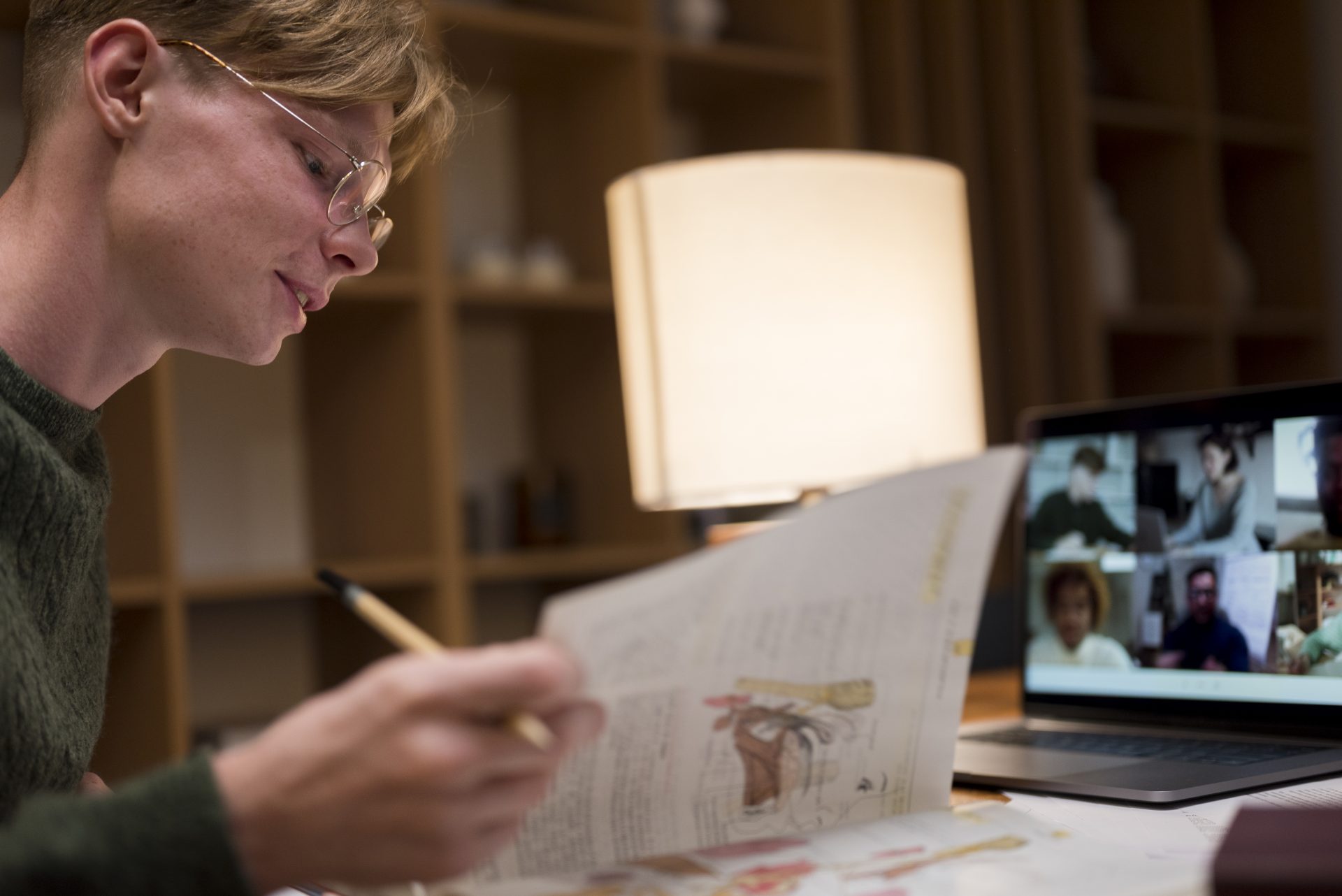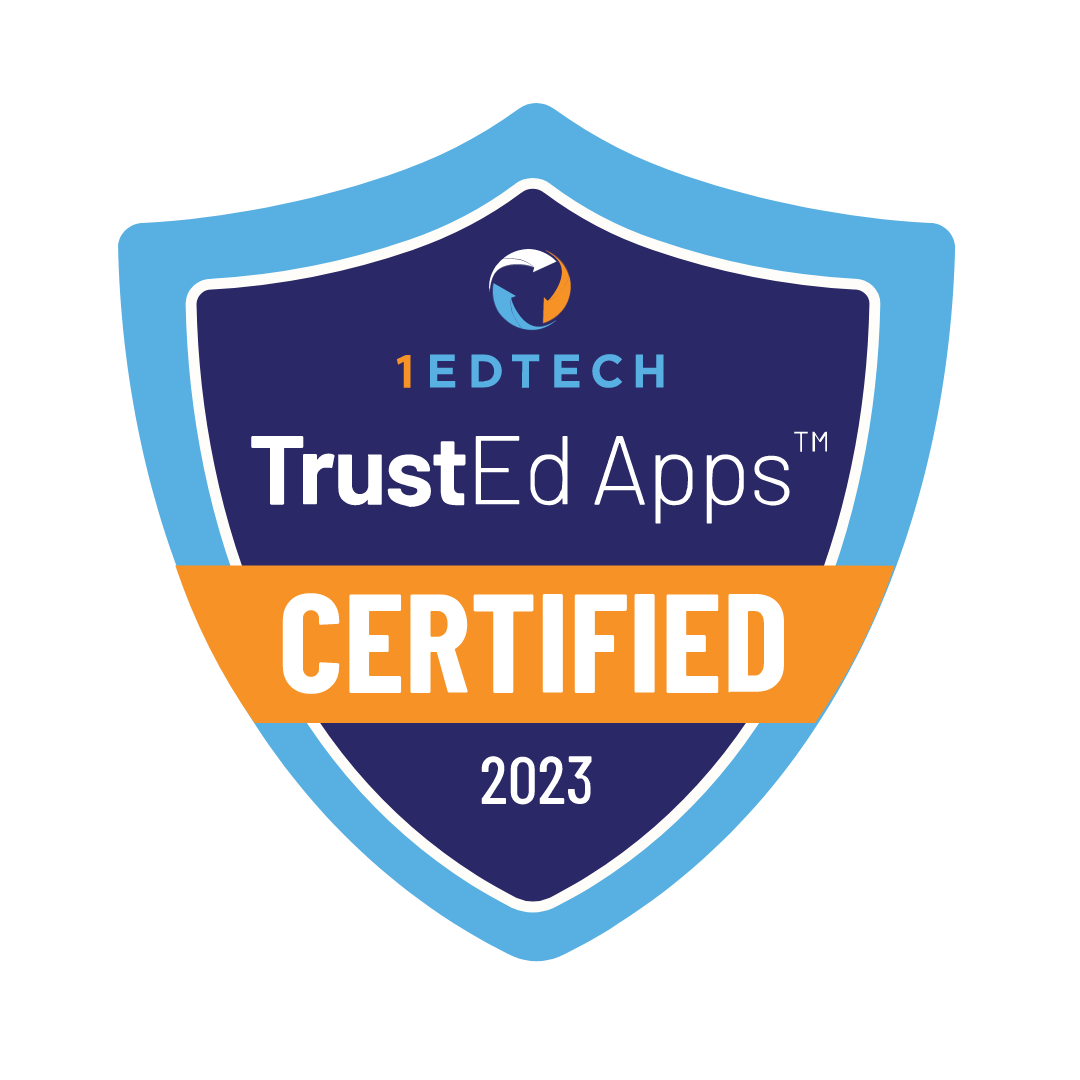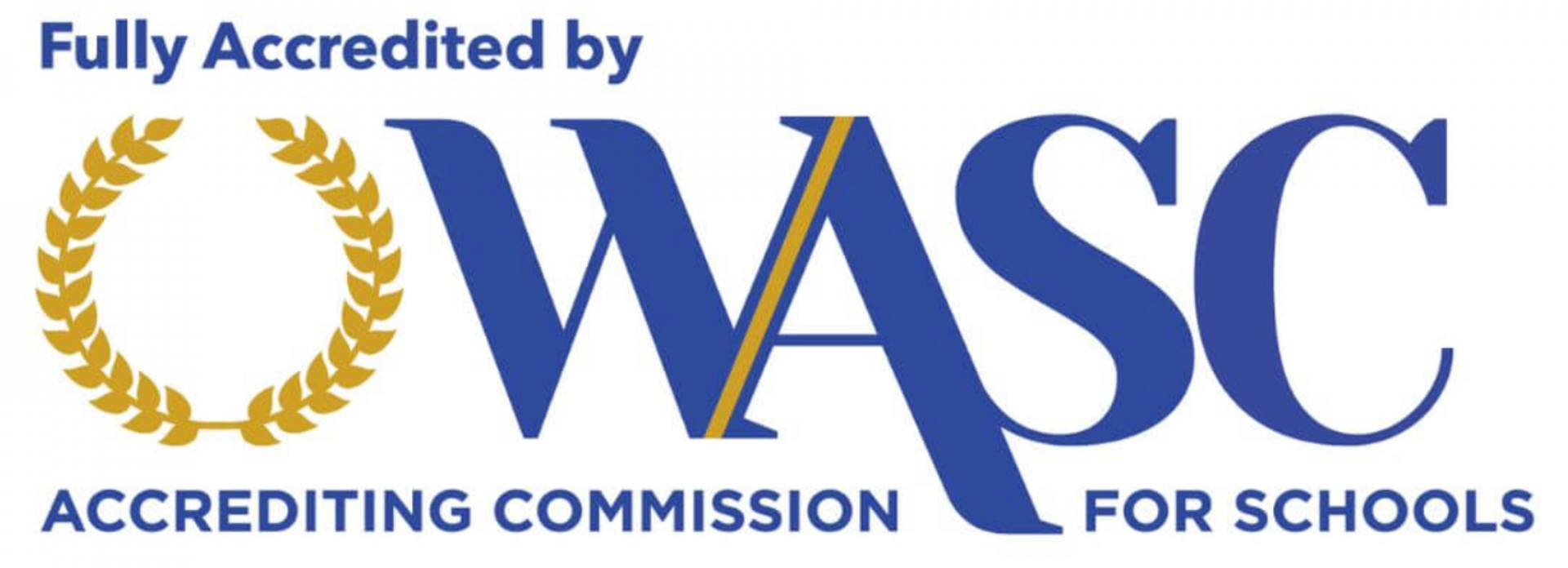The content of the publication
Visual learners prefer using pictures, graphs and other visual tools than relying on words or text. This method leverages the strength of images and spatial thinking to help grasp and absorb information. It may come as a surprise that 65% of people’re visual learners highlighting its significant impact, on our educational system. So time you encounter a concept consider picturing it through a diagram or a vibrant chart. Welcome to the realm of colors and shapes!
The visual learning style involves processing data through visuals like images, charts and other visual aids. It influences learning by enhancing individuals ability to understand and remember information better when presented visually. Our piece explores strategies and methods designed for learners such, as creating mind maps utilizing color coding techniques and making use of multimedia resources for effective learning.
Distinct Characteristics of the Visual Learner

People who learn best through visuals make up a portion of the population estimated at, around 65% of individuals. If you consider yourself a visual learner you might notice that just relying on written notes or listening to lectures isn’t always enough for you to grasp and remember information effectively. For learners information is better absorbed when its presented visually—using diagrams, pictures, graphs and other visual tools. One of their strengths is their ability to see connections between concepts and ideas which helps them retain information better.
A key characteristic of learners is their skill in processing and making sense of data. They often excel in tasks that involve reasoning and recognizing patterns— abilities for interpreting visual information. This proficiency can give them an edge in fields, like architecture, design, engineering and other careers that rely heavily on skills.
Impact of Visual Aids on Learning Retention
Visual aids play a role, in helping visual learners grasp ideas more effectively. By presenting information it allows them to make connections between pieces of information and see how they relate to each other. Tools like mind maps, flashcards and color coding are particularly beneficial, for learners as they offer a visual representation that enhances memory retention and understanding.
For learners incorporating graphics or images alongside text when reading or studying can greatly enhance their learning experience. This multi sensory approach gives them a comprehension of the subject matter making it simpler for them to grasp and remember the content.
For instance, when learning about historical events, a visual learner might find it helpful to study timelines with illustrations depicting key moments in history rather than solely relying on written descriptions. This visualization improves their understanding. It also makes learning more engaging and fun.
Understanding these distinct characteristics of visual learners allows us to appreciate the importance of tailored learning strategies that cater to their specific needs. Educators can create an inclusive environment by embracing their unique traits. This will maximize the potential of visual learners.
Delving into the Mechanism of Visual Learning

Learning through visuals extends beyond perception; it involves the process of our brains absorbing, interpreting and storing visual information. A learners ability to swiftly understand the significance of a chart or diagram stems from their brains proficiency, in recognizing patterns and connections.
The fascinating thing about the mechanism of visual learning is that it taps into the brain’s remarkable ability to process and interpret visual data at an astonishing speed. The brain processes visual information 60,000 times faster than text. This explains why individuals with a visual learning style find it easier to understand complex concepts when they are represented visually.
To put it in perspective, think of your brain as a powerful computer processing images at lightning-fast speed, much like how a computer’s graphics card can rapidly render intricate images and videos without missing a beat. Visual learners can absorb and retain complex knowledge as effortlessly as we recognize faces in a crowd – swiftly and almost instinctively.
This unique way of processing information isn’t just about understanding charts or diagrams. It also extends to seeing spatial relationships, decoding patterns, and interpreting symbols. These skills are crucial for comprehending everything from geometry to art to map reading.
When a visual learner studies a complex structure or system, they may rely on diagrams or flowcharts to comprehend how different parts fit together and interact. This approach lets them form mental blueprints of information. It helps them connect the dots between elements and see the big picture.
Understanding the inner workings behind visual learning sheds light on why this style is so effective for many individuals. Visual learners excel at understanding complex ideas and fostering creativity. They do this by using spatial reasoning, pattern recognition, and artistic expression.
Now we understand the powerful mechanisms driving visual learning. We can explore many effective techniques for this dynamic style.
Effective Techniques for Visual Learning

Visual learners thrive when information is presented in a visual format. So, how can visual learners make the most of their learning style? Let’s explore some techniques that can enhance the learning experience for visual learners.
Mind Maps and Diagrams
One powerful technique for visual learners is the use of mind maps and diagrams. By creating visual representations of concepts, visual learners can organize information in a way that makes it easier to recall and understand. Think of it like a map with a central idea in the middle and related ideas branching out like roads and highways. This method shows the links between ideas. It lets learners see the big picture and the small details at once.
When using mind maps, individuals can visually see how different concepts are interlinked, making it easier to comprehend complex relationships and patterns. This method provides an effective way to structure thoughts and ideas, offering a holistic view of a subject. It’s useful for breaking down topics or planning an essay. Mind mapping gives a clear structure. It works well for a visual learner’s thinking.
Flashcards and Color-coding
Another technique that works wonders for visual learners is using flashcards with visuals and color-coding notes. The mix of colorful images and short facts helps memory. It also helps connect ideas. Vibrant visuals accompany key points. They ingrain the details in the mind. They aid in better recall during studying or exams.
Color-coding is particularly effective because it organizes information into distinct categories, making it easier for visual learners to process and connect different pieces of information. This approach also uses spatial reasoning skills. It engages visual learners on many levels. It boosts both understanding and memory.
By incorporating these strategies into their study routine, visual learners can optimize their learning experience and achieve greater academic success.
In harnessing these powerful techniques lies the key to unlocking the full potential of visual learning. Now, let’s delve into maximizing the use of diagrams, images, and videos as potent tools to facilitate seamless comprehension and retention.
Maximizing the Use of Diagrams, Images, and Videos

When it comes to visual learning, a picture truly is worth a thousand words. Visual learners thrive when presented with diagrams that illustrate complex relationships between concepts. These diagrams offer a clear map of interconnected ideas, making them easier to grasp and remember.
Imagine you’re trying to learn about the solar system. Instead of reading long paragraphs describing the position of each planet and their orbits around the sun, a well-crafted diagram can provide an instant understanding. You can see the relative sizes and distances between the planets at a glance. This visual aid helps you understand complex astronomical concepts much more effectively than text alone.
Benefits of Using Diagrams:
Enhanced Understanding Visual representations help in better understanding abstract concepts and relationships.
Memory Retention The use of diagrams aids in long-term memory retention as it creates mental hooks for information to stick.
Clarification Complex information becomes clearer and less intimidating when presented visually.
Images are another powerful tool for visual learners. They provide mental hooks for learning, helping to anchor information in the mind. For example, if you’re learning about different types of clouds, vivid images of cumulus, stratus, and cirrus clouds give you a clear mental picture of what each type looks like. This makes it easier to recall and differentiate between them when needed.
Effective Use of Images:
-
Mental Anchors: Images serve as anchors for memory, making it easier to recall information during exams or assessments.
-
Real-World Applications: Illustrated examples provide real-life context for abstract concepts, aiding comprehension.
-
Emotional Connection: Emotive imagery can evoke emotional responses that facilitate better understanding and retention.
Videos and demonstrations are invaluable resources for visual learners when it comes to understanding complex processes or procedures. It could be a physics experiment or a chemistry demonstration. Or, it could be step-by-step instructions for a project. Videos bring learning to life.
Advantages of Videos:
-
Dynamic Learning: Visual learners benefit from dynamic content that captures their attention and engages their senses.
-
Comprehensive Understanding: Step-by-step demonstrations help in grasping procedural tasks more effectively than textual descriptions.
-
Multisensory Engagement: Videos engage both visual and auditory senses simultaneously, aiding in information absorption.
Incorporate these vital elements into your study materials. They will harness the power of visual aids. This will optimize learning for visual learners. Let’s further explore how these strategies can be integrated into study routines to enhance academic success.
Advantages of the Visual Learning Style

Visual learning offers distinct benefits, providing individuals with an edge in processing and retaining information. One key advantage is the ability to easily make connections between ideas. When shown visual aids like diagrams or charts, visual learners can quickly grasp complex data patterns. These patterns might otherwise seem convoluted.
For instance, when examining a complex flowchart or diagram, a visual learner can readily discern the sequential order of events or processes. This allows them to understand how each part relates to the whole. This task might be harder for auditory or tactile learners.
Moreover, visual learning plays a pivotal role in enhancing information retention. Studies have shown that visual aids in learning can improve comprehension by up to 400% compared to traditional auditory-based instruction methods. Visual learners demonstrate a retention rate of about 65%. This far surpasses the 10% rate reported by auditory learners.
Imagine studying a detailed map that outlines historical events—visual learners are adept at absorbing and recalling pertinent details due to their spatial reasoning and pattern recognition abilities. This memory capacity is especially useful. It’s valuable for tackling subjects with lots of details or data.
Spatial Reasoning – The ability to mentally manipulate spatial representations forms the cornerstone of a visual learner’s cognitive skill set. This works well for solving complex problems or decoding patterns. It gives visual learners a unique advantage in some school or work situations.
Pattern Recognition
Pattern recognition is another key aspect associated with the visual learning style. By discerning similarities and differences in visual information, learners can quickly identify recurring themes or structures, facilitating a deeper level of understanding.
In essence, visual learning equips individuals with an invaluable toolkit for decoding complex information, fostering an enhanced capacity for critical thinking and problem-solving.
Unveiling the crucial role of visual learning in information retention lays bare its impact on knowledge acquisition and cognitive development. This next segment will delve into this connection and its far-reaching implications.
Significant Role of Visual Learning in Information Retention

Education emphasizes the importance of retaining knowledge. Visual learning is significant, in how we process and recall information—it’s similar to possessing a skill that boosts our understanding and memory capacity.
Research indicates that utilizing aids can enhance comprehension by up to 400%, a finding particularly in the context of diverse learning preferences. Through learning intricate concepts can be simplified into digestible content. It facilitates forming connections between ideas in your mind aiding in retention when needed.
For example watching a video or studying a diagram provides your brain with a guide. Than hearing about something you also get to visualize it—a practical method, for storing information effectively.
Processing and Storing Information
Visual learners greatly benefit from techniques like creating mind maps using flashcards watching videos or demonstrations and utilizing color coding to organize and process information. These strategies are not just useful but crucial, for absorbing and recalling knowledge on.
Consider this; By employing color coding to cluster related ideas your brain becomes more adept at recognizing and retaining those associations. It’s akin to setting up guideposts, for your mind to navigate when it needs to recall that information in the future.
Creating visual study guides or diagrams is another method that helps visual learners simplify concepts into smaller, more manageable parts. This allows them to grasp and recall information easily by representing the information and connections, between different components. Unlike text based approaches visual methods offer an advantage in aiding comprehension.
By incorporating multimedia resources and presenting information in a format visual learners not improve their comprehension of the subject matter but also enhance their ability to retain that knowledge in long term memory. These strategies are not merely enhancements; they serve as tools for individuals who think visually.
Recognizing the role of learning in processing and retaining information offers valuable insights into how visual learners can optimize their learning capabilities.
Visual learning serves as a tool for processing and retaining information. By embracing the strategies and techniques associated with it individuals can unleash their potential, for learning.
Der zukünftige Erfolg Ihres Kindes ist unser oberstes Ziel bei Legacy Online School. Besuchen Sie unser Website um die vielen Möglichkeiten der Legacy-Onlineschule zu erkunden.
Informieren Sie sich über die Online-Schulprogramme von Legacy:
Die Grundschule der Legacy Online School Programm legt die Messlatte hoch. Dies ist eine hochwertige Ausbildung. Wir sind bestrebt, Neugier zu wecken. Wir bemühen uns auch, die Kreativität zu fördern. Wir bieten einen soliden Lehrplan. Unterstützt werden wir dabei von qualifizierten Pädagogen.
Legacy Online Mittelschule bietet digitale Bildung. Sie ist für Schüler der Mittelstufe gedacht. Die Schule ist stolz darauf, Live-Online-Kurse anzubieten, die von zertifizierten Lehrern unterrichtet werden. Der Unterricht findet online und interaktiv statt.
Legacy Online High School ist eine einzigartige Methode des Online-Lernens, die speziell für Oberstufenschüler entwickelt wurde. Sie kombiniert synchrones Lernen, ein breites Spektrum an pädagogischen Methoden und einen Schwerpunkt auf Zugänglichkeit.
Die Legacy-Onlineschule bietet das Beste Lehrplan
Unser strenger Lehrplan gewährleistet, dass die Absolventen gut auf Universitäten und Arbeitsplätze in der ganzen Welt vorbereitet sind. Darüber hinaus verbinden unsere dynamischen virtuellen Clubs Studierende auf der ganzen Welt.





